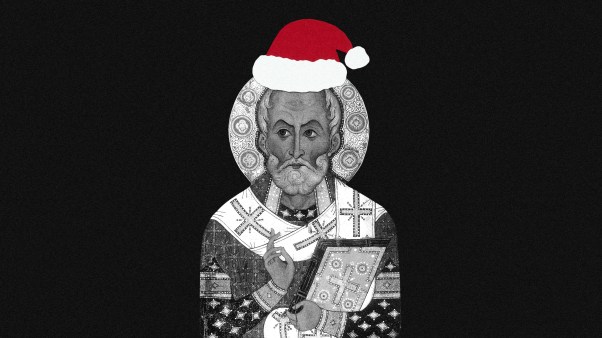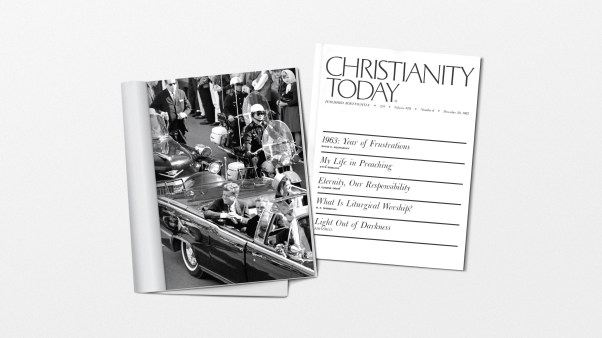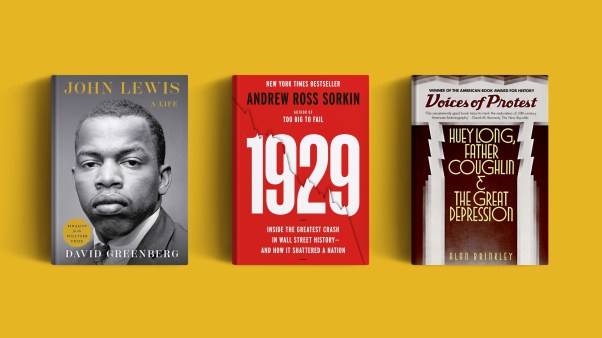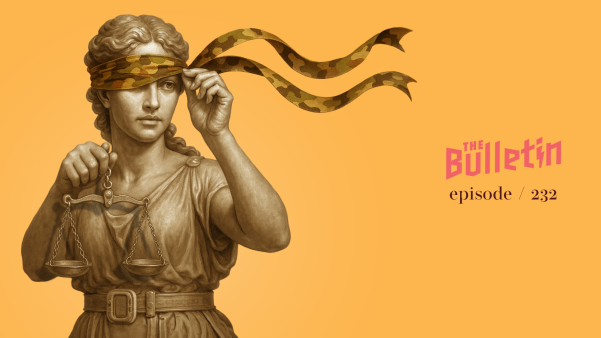In an important new book, A Forest of Time: American Indian Ways of History (Cambridge Univ. Press), Peter Nabokov explores the complexity of American Indian approaches to the past. Nabokov, a professor of American Indian Studies and World Arts and Cultures at UCLA, has drawn on decades of his own research and recent findings in ethnohistory, anthropology, folklore, and Indian studies. The result is an impressive work of transdisciplinary scholarship exploring the complex and varied ways in which American Indian societies make sense of the past.
What are you trying to accomplish with A Forest of Time?
I’m trying to open up a subject that I feel has been neglected if not suppressed. On a most general level, A Forest of Time is about the multiple American Indian interpretations, selections, and uses of the past, depending on which community is telling the story and how it wants to make constructive use of it.
I would like academic historians to become a little more modest when they talk about histories that involve non-European peoples. But in all candor, I think that most of them will respond to these case studies and provocations by ignoring them.
Part of this attitude has to do with the fact that Indian persistence remains a lump in the Anglo-American craw. These folks did not die out, which was the wishful thinking of the “Vanishing Indian” theme around the turn of the 20th century. They persist; they continue to endure; they continue to perpetuate separate histories; and they continue to run rings around the dominant society in the most intriguing ways while insisting on their diversity.
Many non-Indians, I truly believe, sense this as a threat: it’s a threat territorially, and I think it’s a threat philosophically on some level. It’s got to be a threat to a lot of basic tenets of modern American life, whether it be consumerism, American individualism, Christian fundamentalism, territorial integrity, or what have you. And the way Indians sometimes do this; the way they do their capitalism, which is kind of a collectivist free enterprise; the way they work at maintaining their families; the ways they overcome the consequences of forced assimilation, of territorial dispossession, of internalized racism, etc.—is rather marvelous. In my view this astonishing persistence stands as something of a counterweight to—and a moral comment on—the rest of America. And I suspect that some non-Indians can only take so much of that.
Could you explain your title?
When I was at the Newberry Library as a pre-doctoral fellow, I came across a quote from David Beaulieu, who was dissatisfied with the European model of history. He said the European approach to history may be likened to a tree with many branches; the trunk contains the common themes of Western history. Instead, Beaulieu suggested the image of a forest with many different and varied trees. Then I stumbled upon a number of quotes from different Indian peoples in which a botanical analogy was utilized to talk about diversity, whether it be diversity of myths within the tribe or diversity of notions of what temporality and the purposes of people’s movements through time were all about. Originally my subtitle was American Indian Concepts of History, but that suggested that Indians had intellectual traditions that were conceptualized along the same lines as those of Europeans. So remembering how Indians would describe in a gentle and nonjudgmental form that “we do it this way, and you do it that way,” I opted for American Indian Ways of History.
Beyond the trio of legend, myth, and folktale, what are some of the other American Indian ways of knowing history?
American Indians anchored the past in place. I include material on Indian geographical sensibilities, and about special places that relate the non-built environment to the past. Material culture provides another angle on Indian ways of history. Then there are those rituals; I emphasize the present tense because rituals remain a repository of historical knowledge and meaning. I had already written two books on this, including Indian Running, an account of Indians creating a kind of concocted ritual in 1980 that mixed symbolic elements of the past and the present. They reenacted a runner mission that in 1680 had enabled them to rise up against the Spanish in the Southwest, the most successful Indian uprising in American history.
Beyond these ways of knowing history, I also wanted to deal with the troublesome issue of the impact of literacy on Indians and how Indians tried to turn writing to their own advantage, especially through the production of hybrid genres of documentary and legendary, multi-vocal prose. People today are much more receptive to literary experimentation in nonfiction, but I think Indians were attempting this early on because they had no choice if they did not want to submit completely to non-Indian notions of prose and what history is about, much of which is embedded in our notions of narrative.
And then finally, I wanted to devote a chapter to the role of prophecy in Indian historical consciousness—especially to its function of maintaining Indian conceptual control and autonomy over incomprehensible events and the happenstance of time.
I’d like to press you a bit on the implications of advocating pluralism in historical thinking. Would this not open up, for example, providential ways of looking at the past utilizing sympathetic interpretations of Christian stories of healing, miracles, and that sort of thing? Respectful listening, I gather, must be granted to all peoples and traditions, and to the extent we do so, the past will become radically pluralized.
In the best of circumstances what I hope would happen with my book and its arguments is that some scholars will see the potential for their research projects to be enhanced and expanded and made more complex by looking at Indian perspectives on the past. And just maybe they’ll try to get a grant to go to Georgia, let’s say, and investigate the Indian side to their topics because some of their work overlaps the period of Indian pre- and post-removal from that area. Maybe these scholars might learn something of the consciousness of the Creek Indians of the 1800s from visiting Creeks today and talking with them about their views and listening to their folktales—something which they might never have considered attempting otherwise. And I do endorse the sort of “radical pluralization” you describe, and relish your example of respecting and analyzing in good scholarly fashion stories of Christian miracles, say, from multiple perspectives.
—This interview first appeared in longer form in Historically Speaking, a publication of The Historical Society. Used with permission.
Copyright © 2002 by the author or Christianity Today/Books & Culture magazine. Click here for reprint information on Books & Culture.









